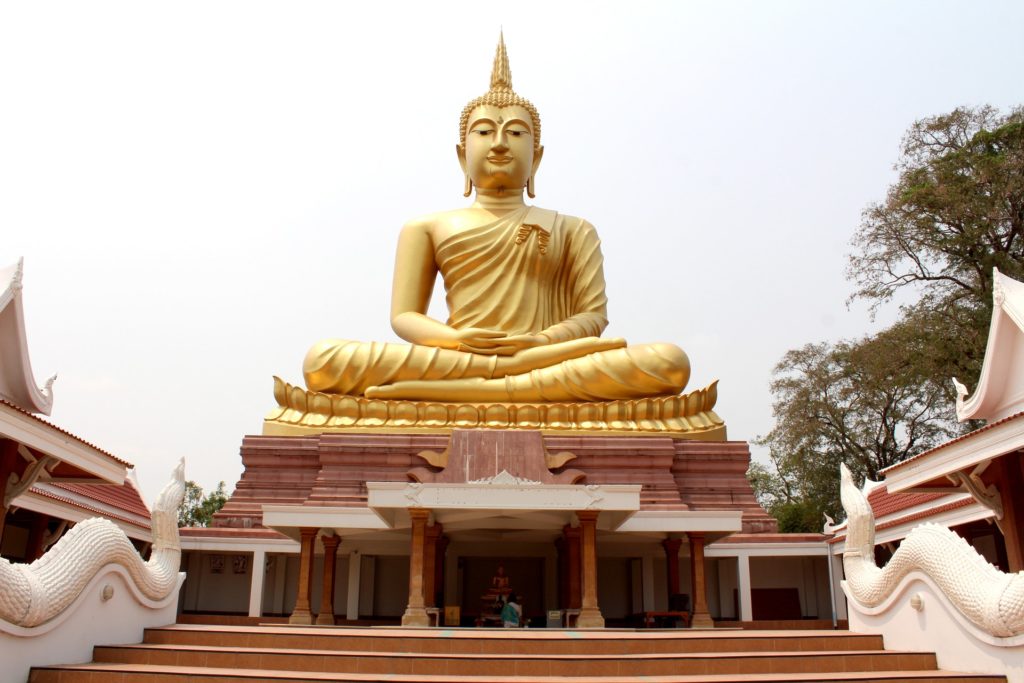
Buddhism, like all Indian religions, was an oral tradition in ancient times. The Buddha’s words, the early doctrines and concepts, and the interpretations were transmitted from one generation to the next by the word of mouth in monasteries, and not through written texts. The first Buddhist canonical texts were likely written down in Sri Lanka, about 400 years after the Buddha died. The texts were part of the Tripitakas, and many versions appeared thereafter claiming to be the words of the Buddha. Scholarly Buddhist commentary texts, with named authors, appeared in India, around the 2nd century CE. These texts were written in Pali or Sanskrit, sometimes regional languages, as palm-leaf manuscripts, birch bark, painted scrolls, carved into temple walls, and later on paper.
Unlike what the Bible is to Christianity and the Quran is to Islam, but like all major ancient Indian religions, there is no consensus among the different Buddhist traditions as to what constitutes the scriptures or a common canon in Buddhism. The general belief among Buddhists is that the canonical corpus is vast. This corpus includes the ancient Sutras organized into Nikayas, itself the part of three baskets of texts called the Tripitakas. Each Buddhist tradition has its own collection of texts, much of which is the translation of ancient Pali and Sanskrit Buddhist texts of India. The Chinese Buddhist canon, for example, includes 2184 texts in 55 volumes, while the Tibetan canon comprises 1108 texts—all claimed to have been spoken by the Buddha—and another 3461 texts composed by Indian scholars revered in the Tibetan tradition. The Buddhist textual history is vast; over 40,000 manuscripts—mostly Buddhist, some non-Buddhist—were discovered in 1900 in the Dunhuang Chinese cave alone.

